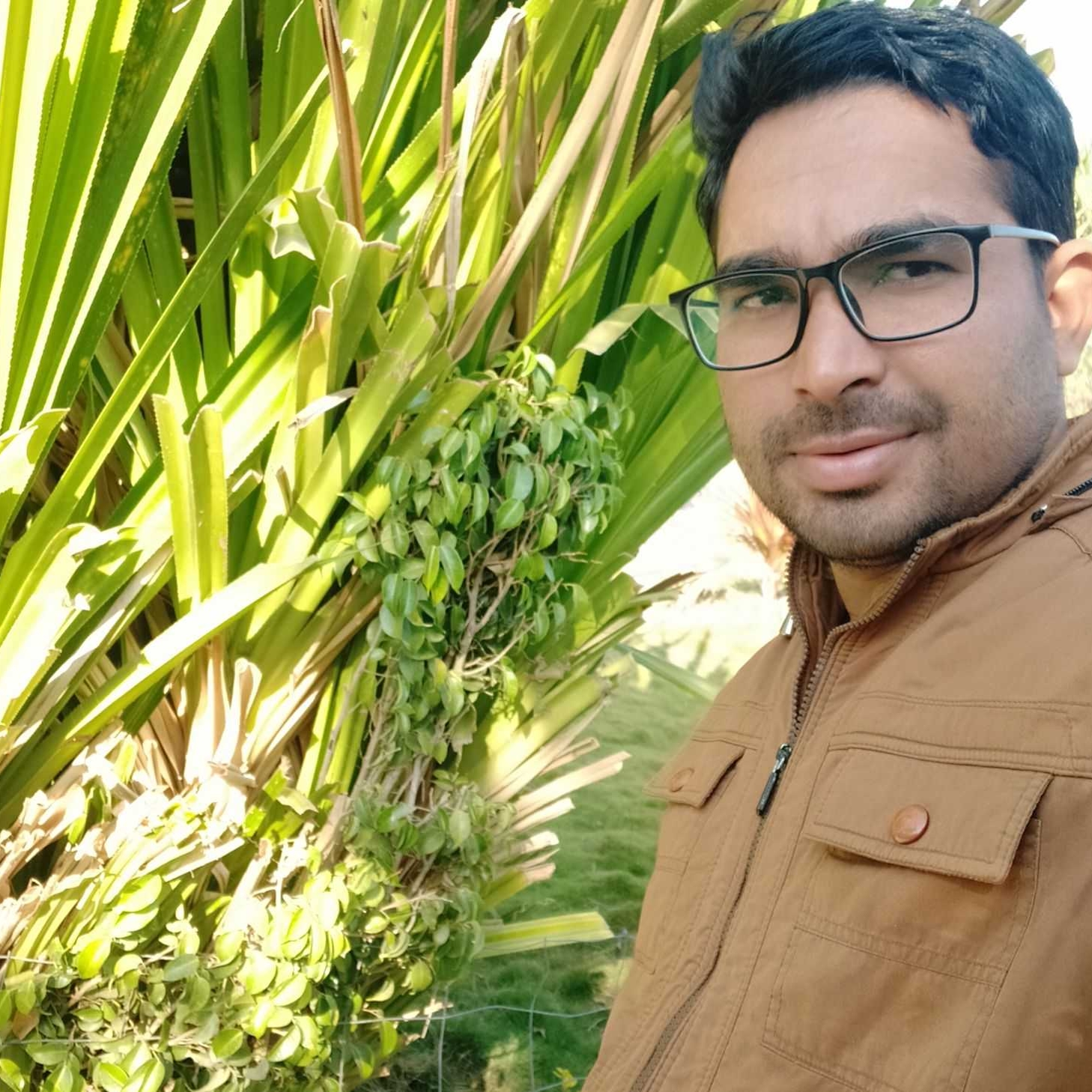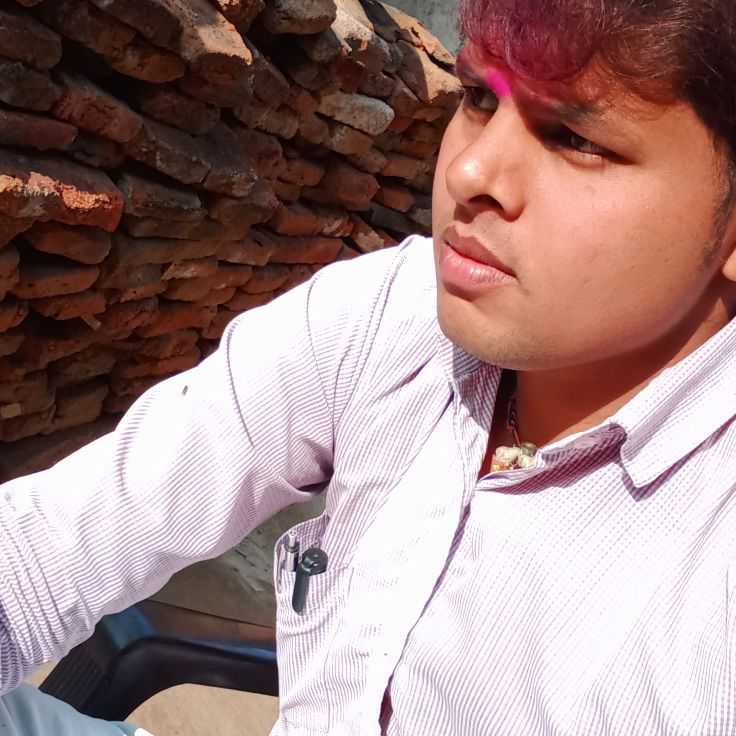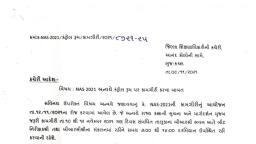Question 1 :
A box contains 5 red marbles, 8 white marbles and 4 green marbles. One marble is taken out of the box at random. What is the probability that the marble taken out will be white ?
Question 2 :
A box contains 5 red marbless, 8 white marbless and 4 green marbless. One marble is taken out of the box at random. What is the probability that the marble taken out will be not green?
Question 3 :
A lot of 20 bulbs contain 4 defective ones. One bulb is drawn at random from the lot. Suppose a bulb drawn is not defective and is not replaced. Now one bulb is drawn at random from the rest. What is the probability that this bulb is not defective ?
Question 4 :
One card is drawn from a well-shuffled deck of 52 cards. Find the probability of getting the queen of diamonds.
Question 5 :
A trial is made to answer a true-false question. The answer is right or wrong. Does this statement have equally likely outcomes or not?
Question 6 :
One card is drawn from a well-shuffled deck of 52 cards. Find the probability of getting a spade.
Question 7 :
Five cards—the ten, jack, queen, king and ace of diamonds, are well-shuffled with their face downwards. One card is then picked up at random. If the queen is drawn and put aside, what is the probability that the second card picked up is an ace?
Question 8 :
A bag contains lemon flavoured candies only. Malini takes out one candy without looking into the bag. What is the probability that she takes out a lemon flavoured candy?
Question 9 :
If a die is thrown, there are two possible outcomes—an odd number or an even number. Therefore, the probability of getting an odd number is $\frac{1}{2}$. Yes/No
Question 10 :
<img style='object-fit:contain' src='https://teachmint.storage.googleapis.com/question_assets/cbse_ncert/61b19bf4273b230584979a4c.PNG' />
A die is numbered in such a way that its faces show the numbers 1, 2, 2, 3, 3, 6. It is thrown two times and the total score in two throws is noted. Complete the following table which gives a few values of the total score on the two thrones then what is the probability that the total score is at least 6?
Question 11 :
A box contains 90 discs which are numbered from 1 to 90. If one disc is drawn at random from the box, find the probability that it bears a number divisible by 5.
Question 12 :
A jar contains 24 marbles, some are green and others are blue. If a marble is drawn at random from the jar, the probability that it is green is $\frac{2}{3}$ ⋅ Find the number of blue balls in the jar.
Question 13 :
What is the probability of an event which is sure (or certain) to occur?
Question 14 :
Find the probability of getting a head when a coin is tossed?
Question 15 :
Two players, Sangeeta and Reshma, play a tennis match. It is known that the probability of Sangeeta winning the match is 0.62. What is the probability of Reshma winning the match?
Question 16 :
Find the probability of getting a tail when a coin is tossed?
Question 18 :
If two coins are tossed simultaneously there are three possible outcomes—two heads, two tails or one of each. Therefore, for each of these outcomes, the probability is $\frac{1}{3}$⋅ Yes/No
Question 19 :
A game consists of tossing a one rupee coin 3 times and noting its outcome each time. Hanif wins if all the tosses give the same result i.e., three heads or three tails, and loses otherwise. Calculate the probability that Hanif will lose the game.
Question 20 :
A box contains 90 discs which are numbered from 1 to 90. If one disc is drawn at random from the box, find the probability that it bears a perfect square number.
Question 21 :
<img style='object-fit:contain' src='https://teachmint.storage.googleapis.com/question_assets/cbse_ncert/61b19a5c273b23058497992b.PNG' />
In the above image, a game of chance consists of spinning an arrow which comes to rest pointing at one of the numbers 1, 2, 3, 4, 5, 6, 7, 8, and these are equally likely outcomes. What is the probability that it will point at a number greater than 2?
Question 22 :
Fill in the blanks: The probability of an event that cannot happen is________. Such an event is called_______.
Question 23 :
12 defective pens are accidentally mixed with 132 good ones. It is not possible to just look at a pen and tell whether or not it is defective. One pen is taken out at random from this lof. Determine the probability that the pen taken out is a good one.
Question 24 :
A lof consists of 144 ball pens of which 20 are defective and the ofhers are good. Nuri will buy a pen if it is good, but will not buy if it is defective. The shopkeeper draws one pen at random and gives it to her. What is the probability that she will not buy it ?
Question 25 :
<img style='object-fit:contain' src='https://teachmint.storage.googleapis.com/question_assets/cbse_ncert/61b19bf0273b230584979a48.JPG' />
A student argues that there are 11 possible outcomes as the sum on two dices which are 2, 3, 4, 5, 6, 7, 8, 9, 10, 11 and 12. Therefore, each of them has a probability $\frac{1}{11}$. Do you agree with this argument?












































